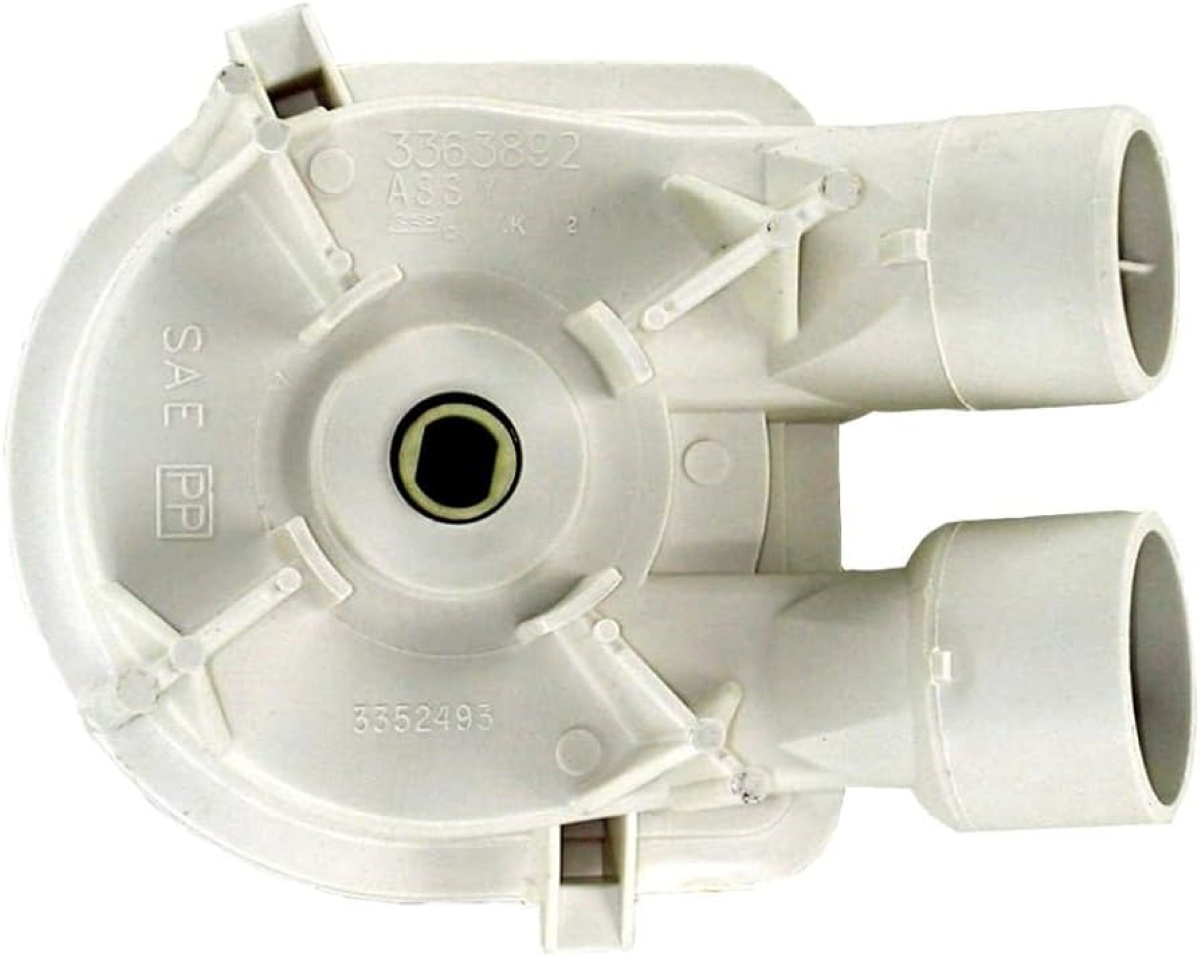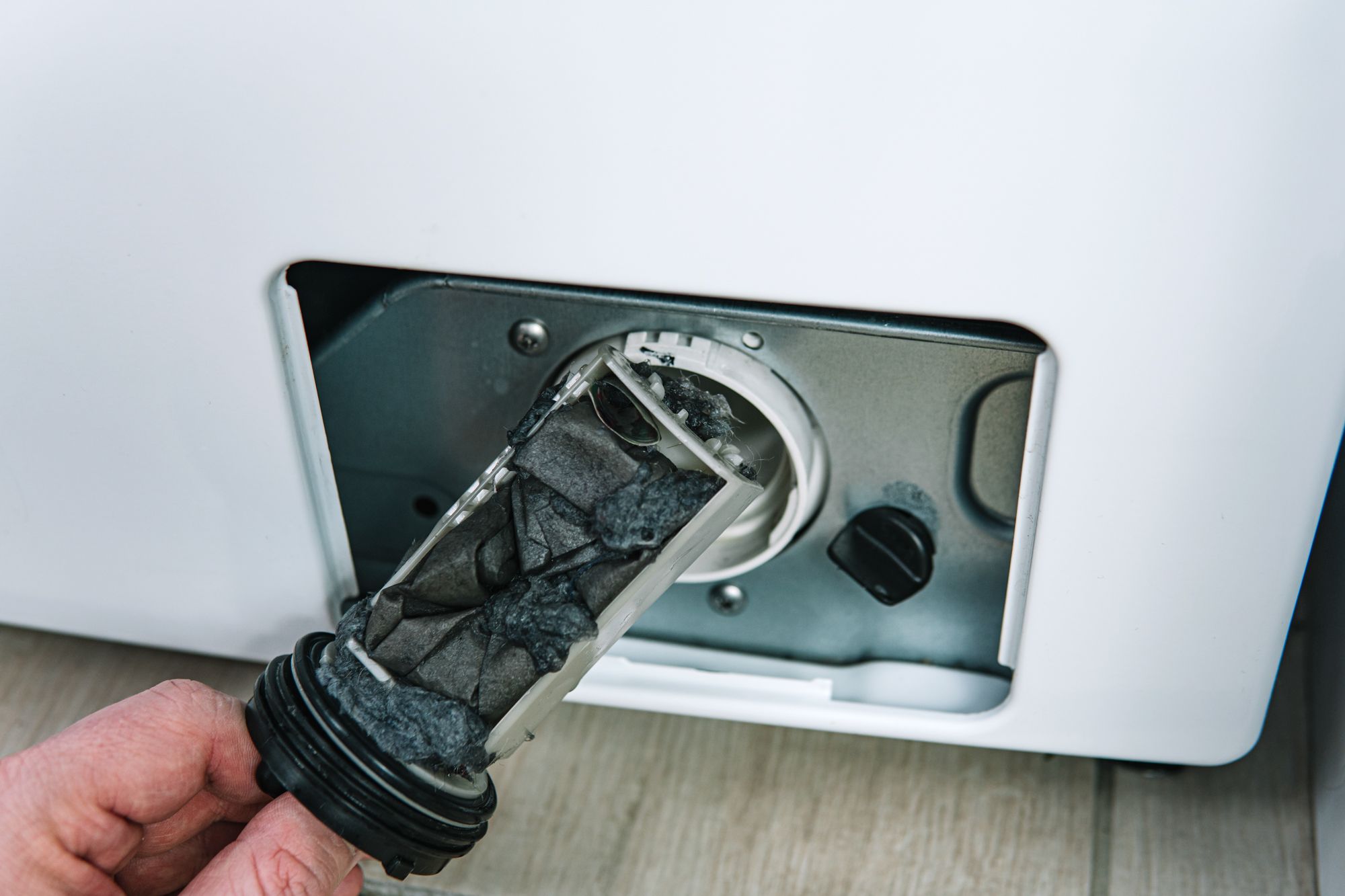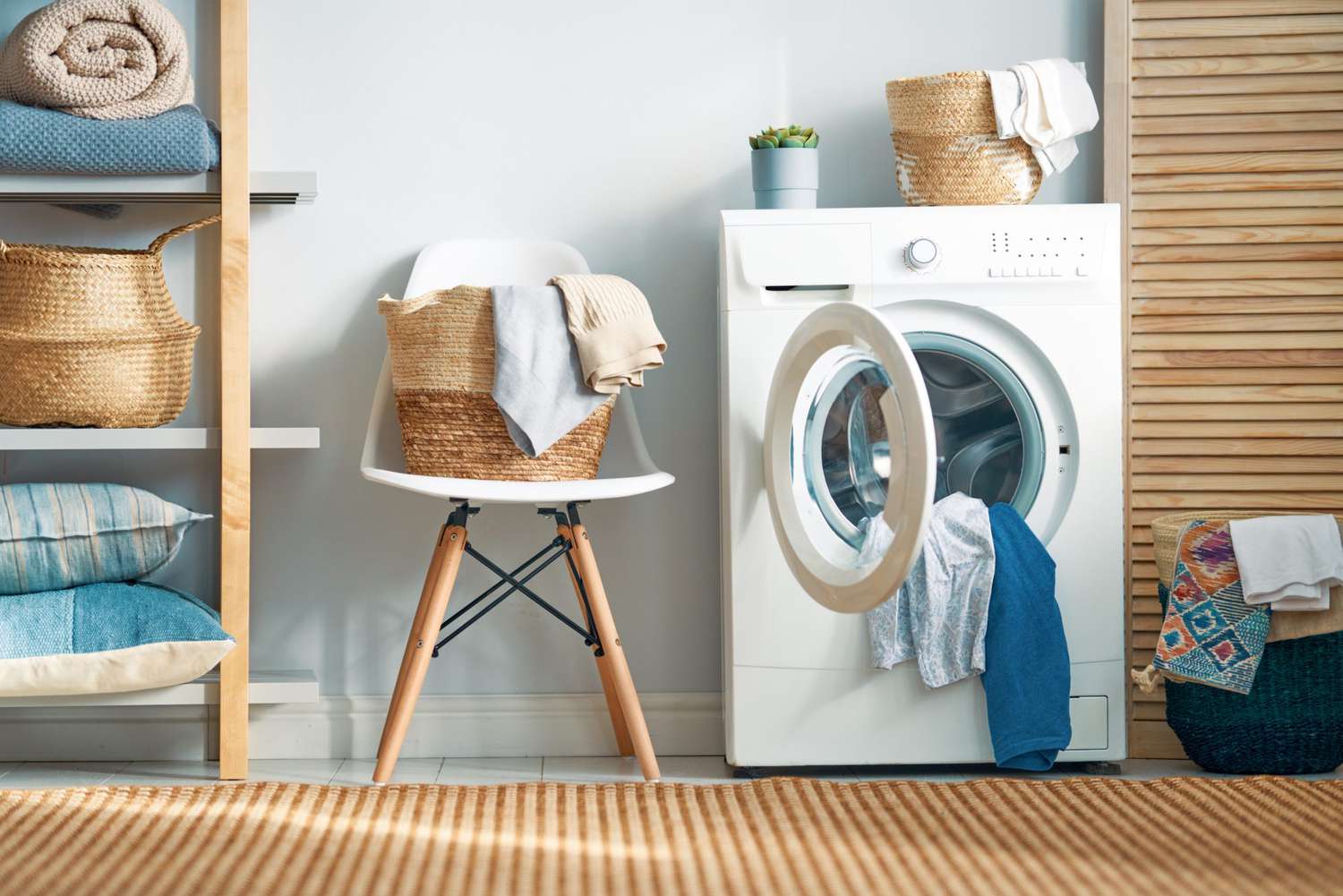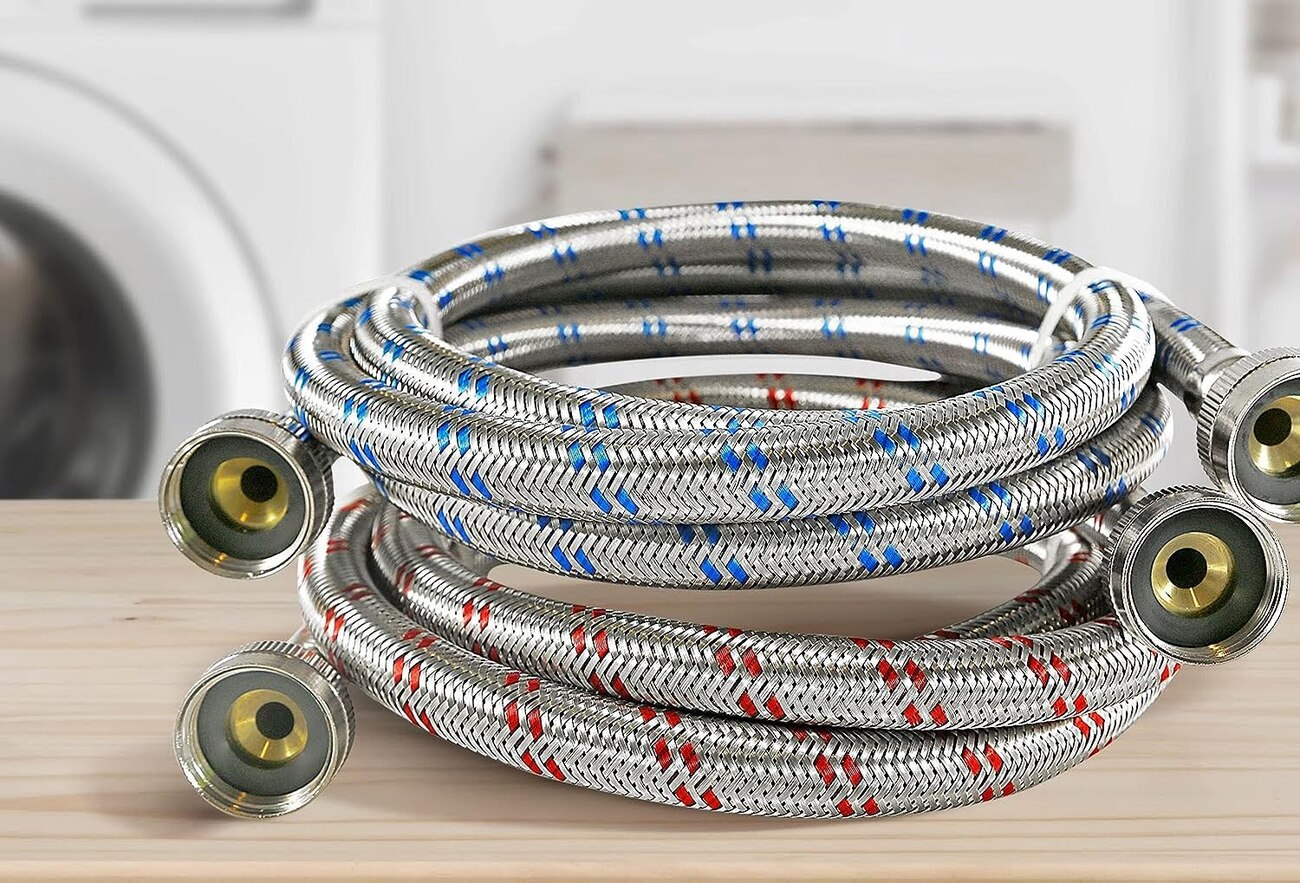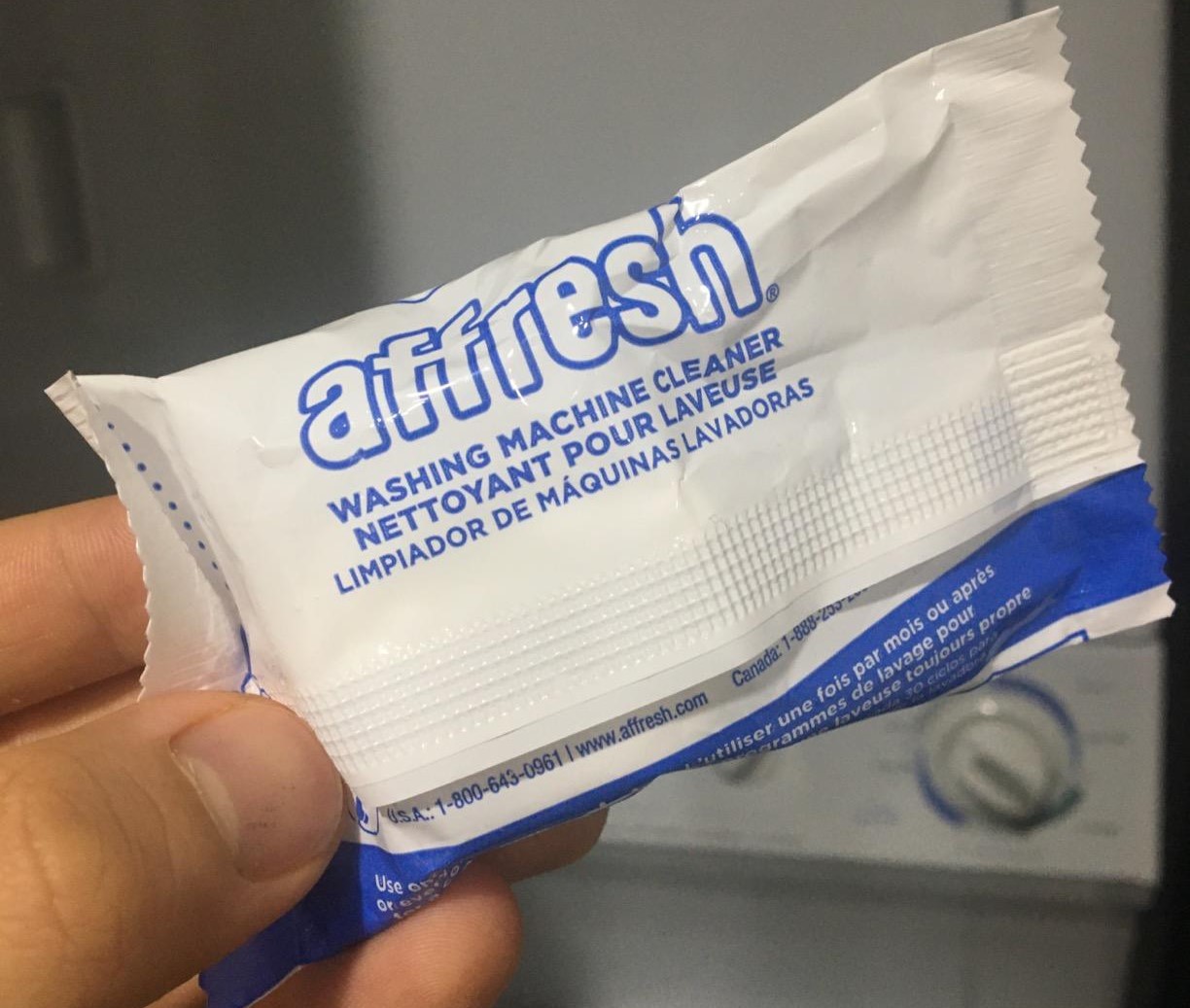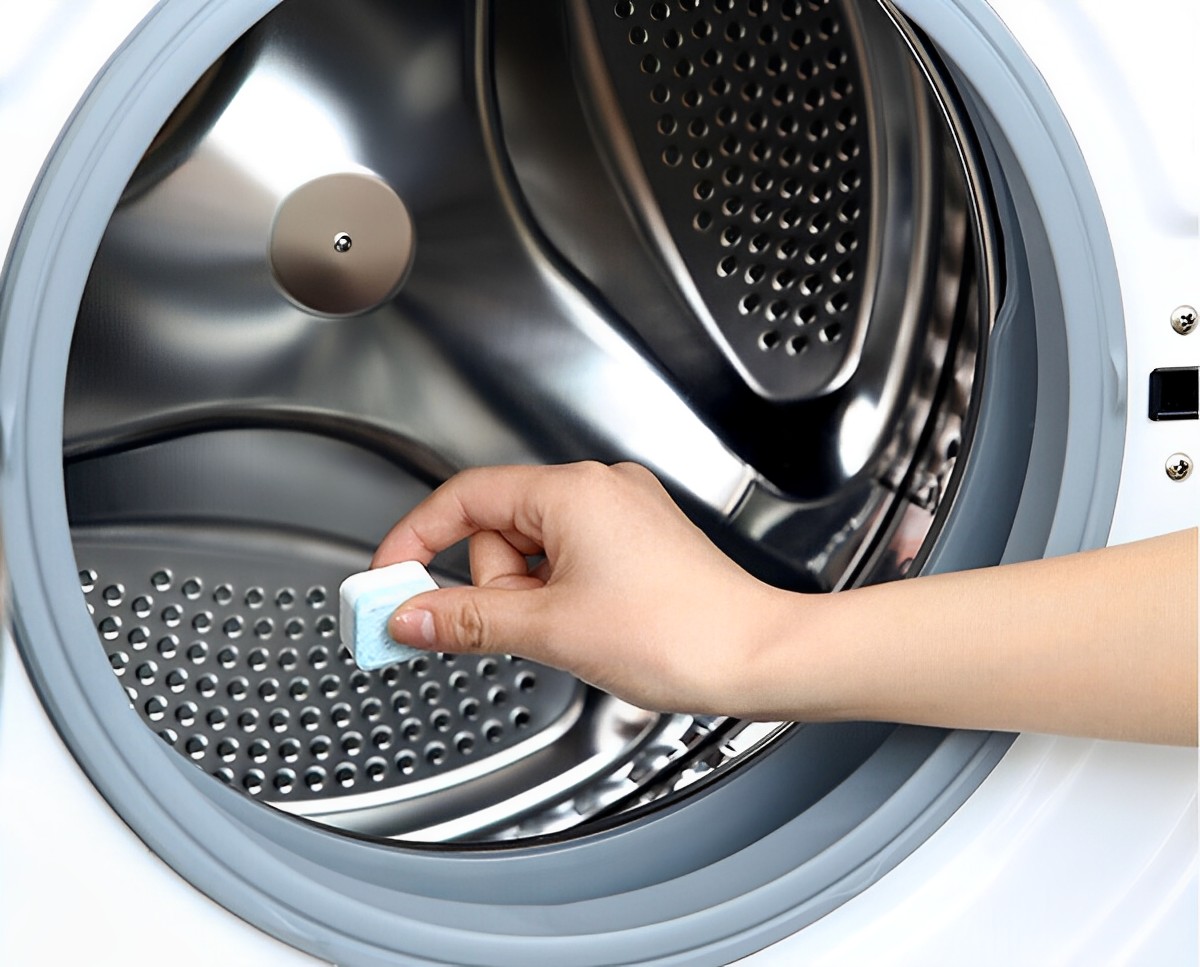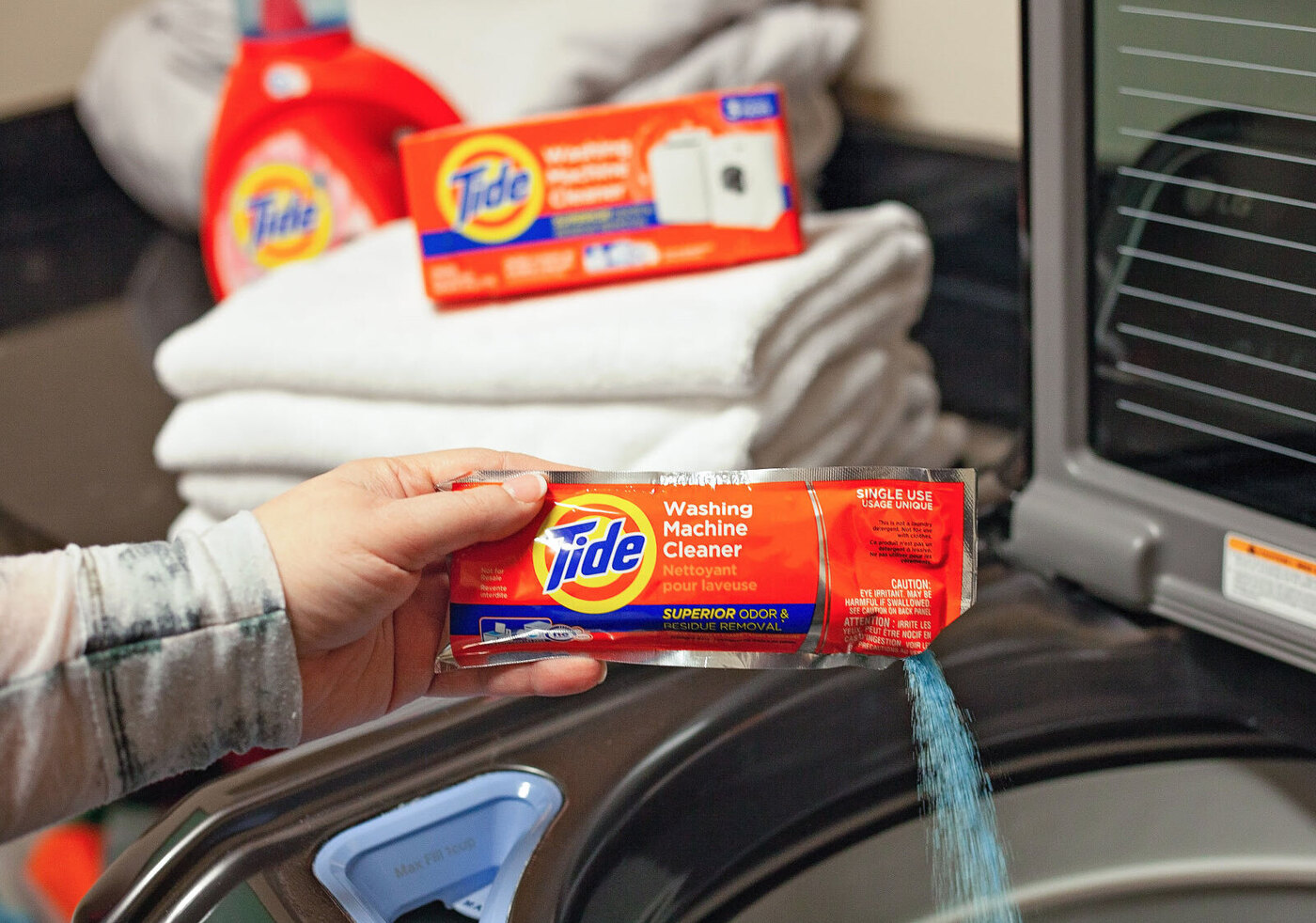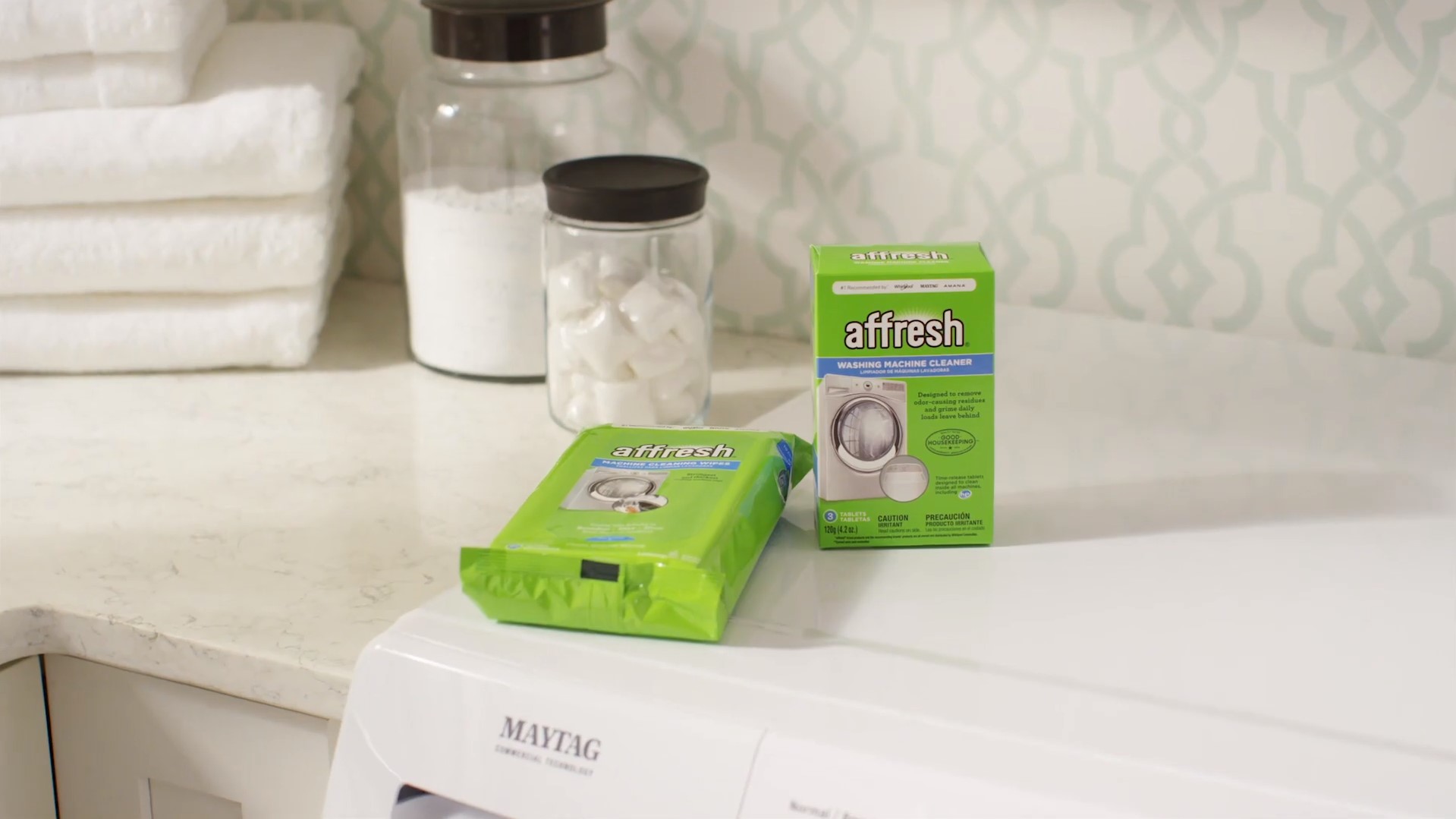Home> Washing Machine Maintenance
Washing Machine Maintenance: Ultimate Guide for Optimal Performance
Master your Washing Machine Maintenance skills with our step-by-step guide. Learn about various types, common signs of trouble, and efficient maintenance techniques.
How To Clean A Washing Machine Filter
By: Sophia Turner • 70 Bedroom Storage Products For A Relaxing Space
How To Clean A Washing Machine For Fresh Clothes And Linens
By: Ethan Hayes • 70 Bedroom Storage Products For A Relaxing Space
14 Superior Affresh Washer Machine Cleaner, 6-Tablets, 8.4 Oz For 2024
By: Oliver Mitchell • Articles
